 |
Types of Computers, Components, Parts of Computers |
| << World Wide Web, Web’s structure, genesis, its evolution |
| List of Parts of Computers >> |
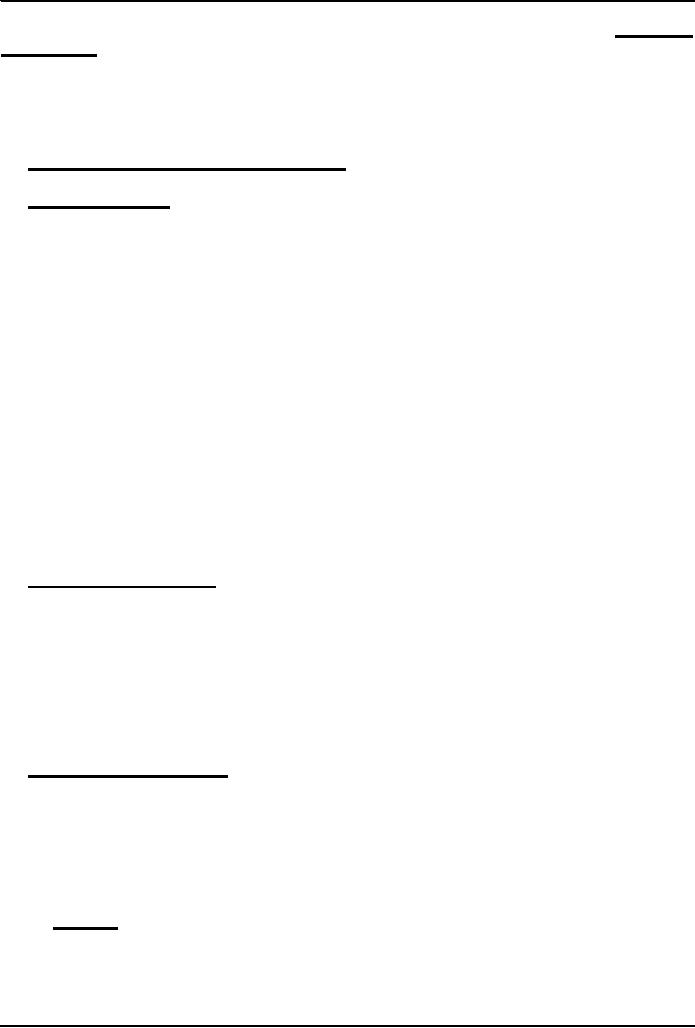
Introduction
to Computing CS101
VU
LESSON
4
Today's
Goal
To
learn to classify computers
according to their capability
and targeted applications
To
find out about the essential
building blocks that make up a modern
computer
Computer
Types According to Capability
4.1
Computer Types According to
Capability
4.2
Supercomputers
A supercomputer is
a computer that performs at or near the
currently highest operational rate
for
computers.
A supercomputer is typically used for
scientific and engineering applications
that must
handle
very large databases or do a great amount
of computation (or both). At
any given time, there
are
usually
a few well-publicized supercomputers
that operate at the very latest and
always incredible
speeds.
Perhaps
the best-known builder of supercomputers
has been Cray Research,
now a part of Silicon
Graphics.
Some supercomputers are at "supercomputer
center," usually university
research centers,
some
of which, in the United States,
are interconnected on an Internet backbone (A backbone
is a larger
transmission
line that carries data
gathered from smaller lines that
interconnect with it) known
as vBNS
or
NSFNet.
At the
high end of supercomputing are
computers like IBM's "Blue
Pacific," announced on October 29,
1998.
Built in partnership with
Lawrence Livermore National
Laboratory in California, Blue
Pacific is
reported
to operated at 3.9 teraflop (trillion
floating point operations per second),
15,000 times faster
than
the average personal computer. It consists of
5,800 processors containing a
total of 2.6 trillion
bytes of
memory and interconnected with
five miles of cable.
4.3
Mainframe Computers
A
very large and expensive computer
capable of supporting hundreds, or even
thousands, of users
simultaneously.
In the hierarchy that starts
with a simple microprocessor
(in watches, for example)
at
the
bottom and moves to supercomputers at the
top, mainframes are just
below supercomputers. In
some
ways, mainframes
are more powerful than
supercomputers because they support more
simultaneous
programs.
But supercomputers can execute a
single program faster than a
mainframe. The
distinction
between
small mainframes and minicomputers is
vague (not clearly
expressed), depending really
on
how
the manufacturer wants to market its
machines.
4.4
Servers / Minicomputers
A midsized
computer. In size and power,
minicomputers lie between workstations
and
mainframes.
In
the
past decade, the distinction between
large minicomputers and
small mainframes has
blurred,
however,
as has the distinction between small
minicomputers and workstations. But in
general, a
minicomputer
is a multiprocessing system capable of
supporting from 4 to about
200 users
simultaneously.
4.5
Desktops
These
are also called microcomputers.
Low-end desktops are called
PC's and high-end
ones
"Workstations".
These are generally
consisting of a single processor
only, some times 2, along
with
MB's
of memory, and GB's of storage. PC's
are used for running
productivity applications, Web
surfing,
messaging. Workstations are
used for more demanding
tasks like low-end 3-D
simulations and
13
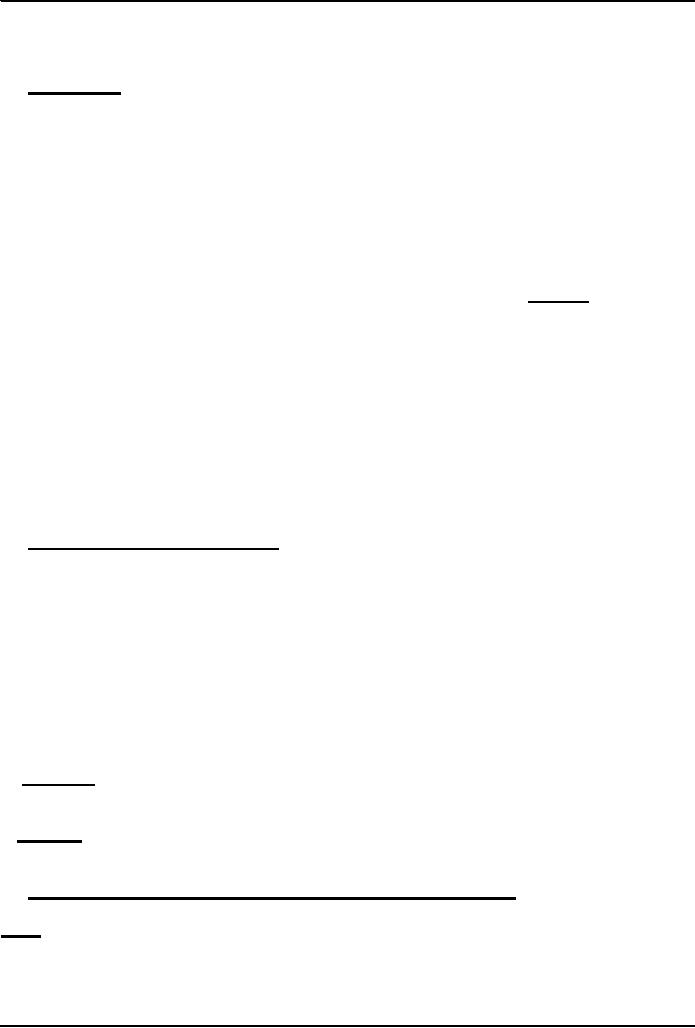
Introduction
to Computing CS101
VU
other
engineering & scientific apps.
These are not as reliable
and fault-tolerant as servers.
Workstations
cost
a few thousand dollars; PC around a
$1000.
4.6
Portables
Portable
computer is a personal computer that is designed to be
easily transported and relocated, but
is
larger
and less convenient to transport than a
notebook computer. The earliest
PCs designed for easy
transport were
called portables. As the size and
weight of most portables decreased,
they became known
as
laptop computer and later as notebook
computer. Today, larger transportable
computers continue to
be
called portable
computers.
Most of these are special-purpose
computers - for example,
those for use
in
industrial environments where they
need to be moved about
frequently.
PDA
(personal digital assistant) is a term
for any small mobile
hand-held device that
provides
computing
and information storage and
retrieval capabilities for personal or
business use, often
for
keeping
schedule calendars and address
book information handy. The
term handheld is a synonym.
Many
people use the name of one of the
popular PDA products as a generic term.
These include
Hewlett-Packard's
Palmtop and 3Com's
PalmPilot.
Most
PDAs have a small keyboard.
Some PDAs have an electronically
sensitive pad on which
handwriting
can be received. Apple's
Newton, which has been
withdrawn from the market,
was the first
widely-sold
PDA that accepted
handwriting. Typical uses
include schedule and address
book storage
and
retrieval and note-entering. However,
many applications have been
written for PDAs.
Increasingly,
PDAs
are combined with telephones and
paging systems.
Some
PDAs offer a variation of the
Microsoft Windows operating
system called Windows CE.
Other
products have
their own or another operating
system.
4.7
Ranking w.r.t. installed
number
�
PC's
�
PDA's
�
Workstations
�
Servers
�
Wearable
(picture is provided)
�
Mainframes
�
Supercomputers
At
the highest level, two
things are required for
computing
Hardware
Computer
equipment such as a CPU,
disk drives, CRT, or
printer
Software
A computer
program, which provides the
instructions which enable the computer hardware to
work
4.8
All computers have the
following essential hardware
components:
Input
The
devices used to give the computer data or
commands are called Input
devices. Includes
keyboard,
mouse, scanner, etc
14
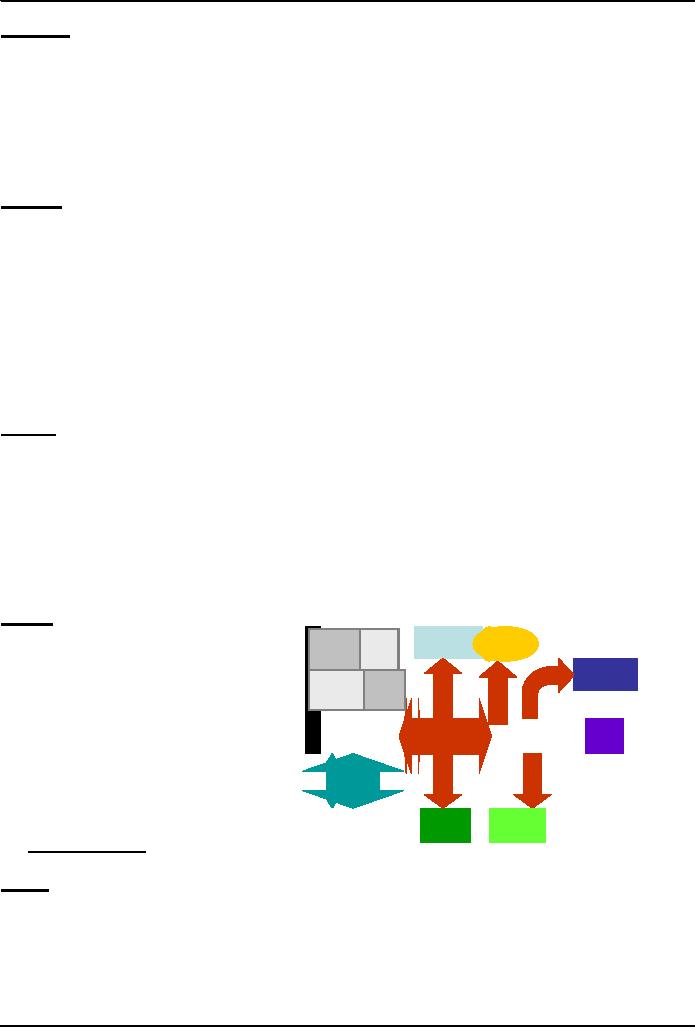
Introduction
to Computing CS101
VU
Processor
A
processor is the logic circuitry
that responds to and processes the
basic instructions that
drive a
computer.
The
term processor has generally
replaced the term central processing
unit (CPU). The processor in
a
personal
computer or embedded in
small devices is often
called a microprocessor.
Short
for microprocessor, the central
processing unit in a computer. The
processor is the logic of a
computer and
functions comparably to a human central
nervous system, directing signals from
one
component to
another and enabling everything to
happen
Memory
Memory
is the electronic holding place for
instructions and data that
your computer's microprocessor
can
reach quickly. When your
computer is in normal operation, its
memory usually contains the
main
parts
of the operating system and some or
all of the application programs and
related data that are
being
used.
Memory is often used as a shorter
synonym for random access
memory (RAM). This kind
of
memory
is located on one or more microchips
that are physically close to
the microprocessor in your
computer.
Most desktop and notebook
computers sold today include
at least 16 megabytes of RAM, and
are
upgradeable to include more. The more RAM
you have, the less frequently the
computer has to
access
instructions and data from
the more slowly accessed hard
disk form of storage.
Memory
is also called primary or
main memory.
Storage
Computer
storage is the holding of data in an
electromagnetic form for access by a
computer processor.
It is
also called secondary
storage. In secondary storage
data resides on hard disks,
tapes, and other
external
devices.
Primary
storage is much faster to access
than secondary storage
because of the proximity of the
storage
to the
processor or because of the nature of the
storage devices. On the other hand,
secondary storage
can
hold much more data than
primary storage.
Output
The
devices to which the computer
Keyboard
Mouse
ControlInteger
writes
data are called Output
devices.
Unit
Unit
Compact
Often
converts the data into a human
FloatingCache
Disk
readable
form. Monitor and printer
are
Point
Memory
Unit
output
devices.
System
Bus
Hard
Processor
Disk
Memory
Bus
Memory
Printer
Monitor
4.9
Input Devices
Mouse
A
mouse is a small device that
a computer user pushes across a
desk surface in order to
point to a place
on a
display screen and to select one or more
actions to take from that
position. The mouse first
became
a
widely-used computer tool when
Apple Computer made it a
standard part of the Apple
Macintosh.
Today,
the mouse is an integral part of the
graphical user interface
(GUI) of any personal computer.
The
mouse
apparently got its name by
being about the same size
and color as a toy
mouse.
15
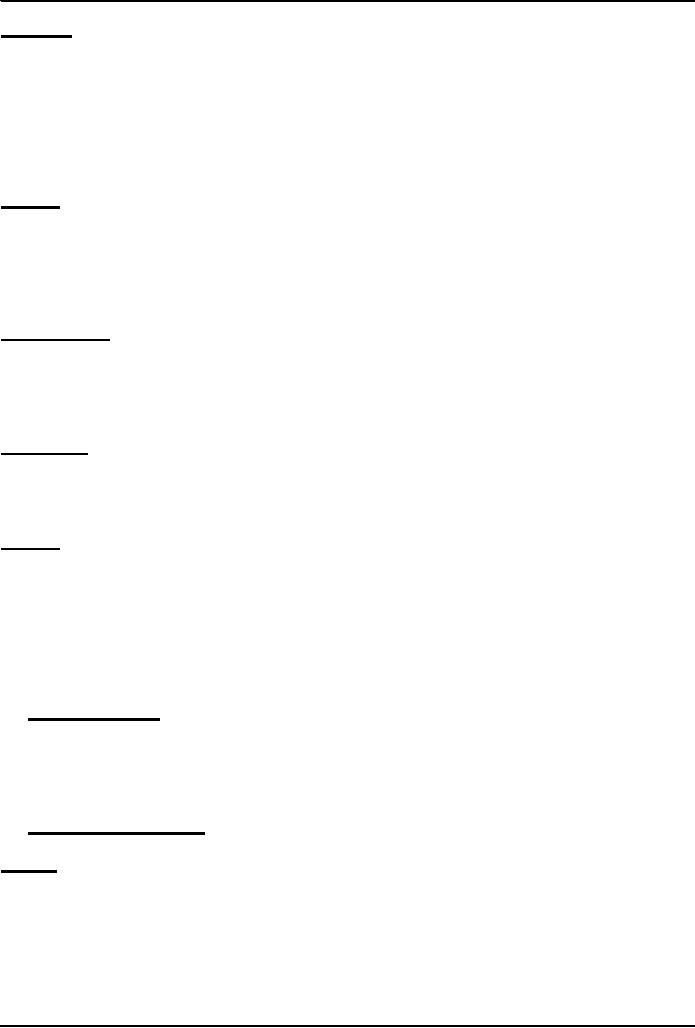
Introduction
to Computing CS101
VU
Keyboard
On
most computers, a keyboard is the
primary text input device. A
keyboard on a computer is almost
identical
to a keyboard on a typewriter. Computer
keyboards will typically have
extra keys, however.
Some
of these keys (common examples include
Control, Alt, and Meta)
are meant to be used
in
conjunction
with other keys just
like shift on a regular
typewriter. Other keys (common
examples
include
Insert, Delete, Home, End,
Help, function keys, etc.) are
meant to be used independently
and
often
perform editing
tasks.
Joystick
In
computers, a joystick is a cursor
control device used in computer
games. The joystick, which
got its
name
from the control stick used
by a pilot to control the ailerons and
elevators of an airplane, is a
hand-
held
lever that pivots on one end and
transmits its coordinates to a computer. It often
has one or more
push-buttons,
called switches, whose
position can also be read by
the computer.
Digital
Camera
A
digital camera records and
stores photographic images in
digital form that can be
fed to a computer as
the
impressions are recorded or stored in the
camera for later loading
into a computer or printer.
Currently,
Kodak, Canon, and several other
companies make digital
cameras.
Microphone
A
device that converts sound
waves into audio signals.
These could be used for
sound recording as
well
as
voice chatting through
internet.
Scanner
A
scanner is a device that
captures images from
photographic prints, posters,
magazine pages, and
similar
sources for computer editing and
display. Scanners come in
hand-held, feed-in, and flatbed
types
and
for scanning black-and-white only, or
color. Very high resolution
scanners are used for
scanning for
high-resolution
printing, but lower
resolution scanners are
adequate for capturing
images for computer
display.
Scanners usually come with
software, such as Adobe's Photoshop
product, that lets you
resize
and
otherwise modify a captured image
4.10
What is Port?
On computer and
telecommunication devices, a port
(noun)
is generally a specific place for
being
physically
connected to some other
device, usually with a
socket and plug of some
kind. Typically, a
personal computer
is provided with one or more serial ports
and usually one parallel
port.
4.11Many
Types of Ports
Parallel
An
interface on a computer that supports
transmission of multiple bits at the same
time; almost
exclusively
used for connecting a
printer. On IBM or compatible computers,
the parallel port uses a
25-
pin
connector.
16
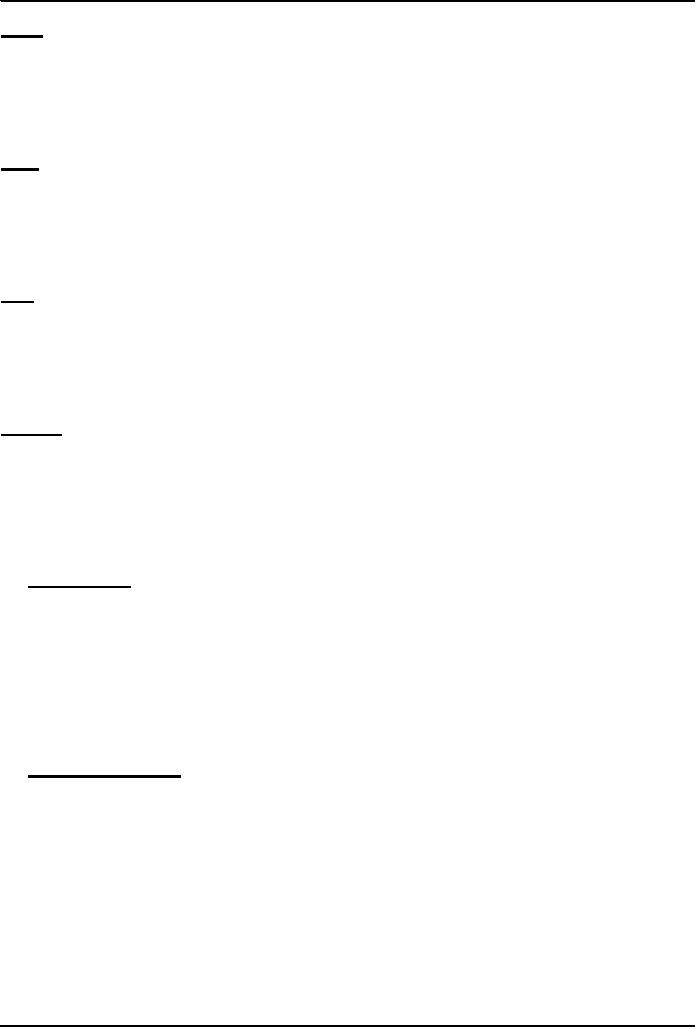
Introduction
to Computing CS101
VU
Serial
It is a
general-purpose personal computer communications port in
which 1 bit of information
is
transferred at a
time. In the past, most
digital cameras were connected to a
computer's serial port
in
order
to transfer images to the computer. Recently,
however, the serial port is
being replaced by the
much
faster USB port on digital
cameras as well as
computers.
SCSI
A
port that's faster than the
serial and parallel ports but
slower and harder to configure than the
newer
USB
port. Also know as the Small
Computer System
Interface.
A high-speed
connection that enables devices,
such as hard-disk drives and
network adapters, to be
attached
to a computer
USB
USB
(Universal Serial Bus) is a plug-and-play
hardware interface for peripherals
such as the keyboard,
mouse,
joystick, scanner, printer and modem.
USB has a maximum bandwidth
of 12 Mbits/sec and up to
127
devices can be attached. With
USB, a new device can be
added to your computer without
having to
add
an adapter card. It typically is located
at the back of the PC
Firewire
FireWire
is simply a really fast port
that lets you connect computer
peripherals and consumer
electronics to
your computer without the need to
restart. It is a simple common plug-in
serial connector
on the back of
your computer.
It
has the ability to chain
devices together in a number of different
ways without terminators
for
example,
simply join 2 computers with
a FireWire cable for instant high-speed
networking.
4.12
Processor
Pentium
Celeron
Athlon
PowerPC
StrongARM
(PDA)
Crusoe
(Laptops)
SPARC
(Workstations)
4.13
Memory/Storage
RAM
RAM
(random access memory) is the place in a
computer where the operating system,
application
programs, and
data in current use are
kept so that they can be
quickly reached by the
computer's
processor.
RAM is much faster to read from
and write to than the other
kinds of storage in a computer,
the
hard disk, floppy disk, and
CD-ROM. However, the data in RAM
stays there only as long as
your
computer is
running. When you turn the
computer off, RAM loses its data.
When you turn
your
computer on
again, your operating system
and other files are once
again loaded into RAM,
usually from
your
hard disk.
17
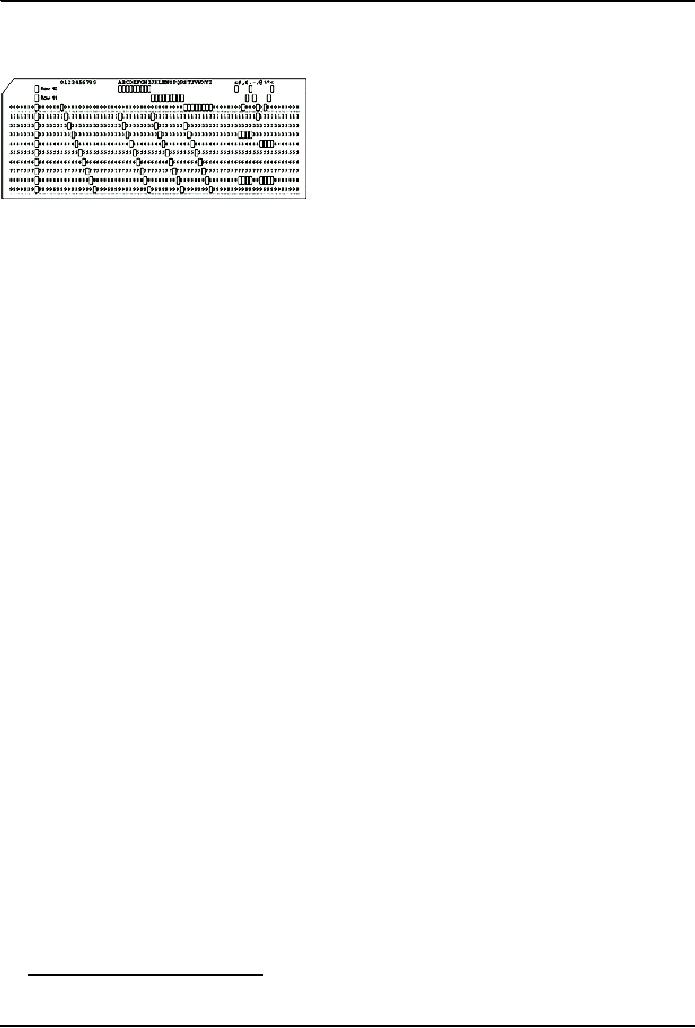
Introduction
to Computing CS101
VU
Punch
cards
A
card on which data can be
recorded in the form of punched holes.
ROM
ROM
is "built-in" computer memory containing
data that normally can
only be read, not written
to.
ROM
contains the programming that allows
your computer to be "booted up" or
regenerated each time
you
turn it on. Unlike a
computer's random access
memory (RAM), the data in
ROM is not lost
when
the computer
power is turned off.
The
ROM is sustained by a small
long-life battery in your
computer.
Hard
disk
Hard
disk is a computer storage device
which saves and retrieves the data
when required. Its capacity
is
much
greater than the computer memory (RAM,
ROM). Data on hard disk is
stored and retrieved
from
electromagnetically
charged surface.
Today
we can save huge amount of data on a
single hard disk. Now
hard disks can contain
several
billion
bytes.
Floppy
disk
A
diskette is a random access, removable
data storage medium that
can be used with
personal
computers.
The term usually refers to the magnetic
medium housed in a rigid
plastic cartridge
measuring
3.5 inches square and about
2 millimeters thick. Also
called a "3.5-inch diskette," it
can store
up to
1.44 megabytes (MB) of
data.
Tape
In
computers, tape is an external
storage medium, usually both
readable and writable, can
store data in
the
form of electromagnetic charges
that can be read and also
erased. A tape drive is the
device that
positions,
writes from, and reads to
the tape.
CD
A
compact disc [sometimes
spelled disk]
(CD) is a small, portable,
round medium for
electronically
recording,
storing, and playing back audio,
video, text, and other
information in digital
form.
DVD
DVD
(digital versatile disc) is an optical
disc technology that is expected to
rapidly replace the CD-
ROM
disc (as well as the audio
compact disc) over the next
few years. The digital
versatile disc (DVD)
holds
4.7 gigabyte of information on
one of its two sides, or
enough for a 133-minute
movie.
4.14
Classifying Memory/Storage
Electronic
(RAM, ROM), magnetic (HD,
FD, Tape), optical (CD,
DVD)
18
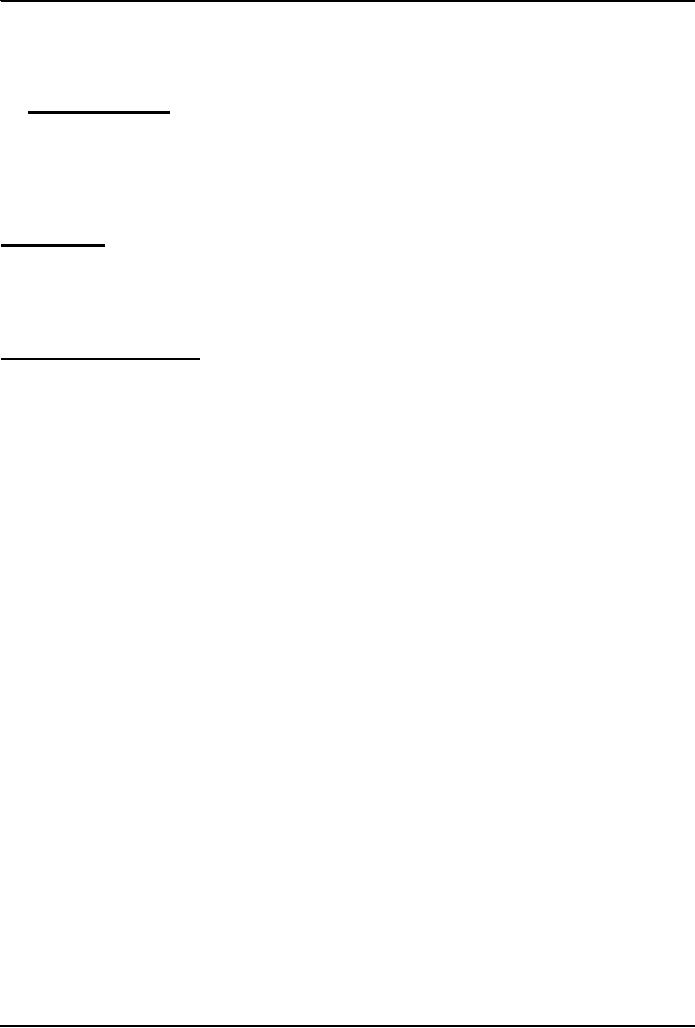
Introduction
to Computing CS101
VU
Volatile
(RAM), non-volatile
(HD)
Direct
access (RAM, HD), serial
access (Tape)
Read/write
(HD, RAM), read-only
(CD)
4.15
Output Devices
Printer
Plotter
Speakers
Monitor
4.16
Modem
Modem
is output as well as input
device at the same time. It
receives the data (analog
signal) coming
through
telephone line, converts them to digital
signals and sends them to computer to which it
is
attached.
It also receives the data
from computer and changes it to analog
signals.
What
have we learnt
today?
What
are the various types of computers
with respect to their size,
capability, applications
(FIVE
TYPES)
The
five essential components of
any computer are input devices,
processor, memory, storage
and
output
devices
19
Table of Contents:
- INTRODUCTION
- EVOLUTION OF COMPUTING
- World Wide Web, Web’s structure, genesis, its evolution
- Types of Computers, Components, Parts of Computers
- List of Parts of Computers
- Develop your Personal Web Page: HTML
- Microprocessor, Bus interface unit, Data & instruction cache memory, ALU
- Number systems, binary numbers, NOT, AND, OR and XOR logic operations
- structure of HTML tags, types of lists in web development
- COMPUTER SOFTWARE: Operating Systems, Device Drivers, Trialware
- Operating System: functions, components, types of operating systems
- Forms on Web pages, Components of Forms, building interactive Forms
- APPLICATION SOFTWARE: Scientific, engineering, graphics, Business, Productivity, Entertainment, Educational Software
- WORD PROCESSING: Common functions of word processors, desktop publishing
- Interactivity to Forms, JavaScript, server-side scripts
- ALGORITHMS
- ALGORITHMS: Pseudo code, Flowcharts
- JavaScript and client-side scripting, objects in JavaScript
- Low, High-Level, interpreted, compiled, structured & object-oriented programming languages
- Software Design and Development Methodologies
- DATA TYPES & OPERATORS
- SPREADSHEETS
- FLOW CONTROL & LOOPS
- DESIGN HEURISTICS. Rule of thumb learned through trial & error
- WEB DESIGN FOR USABILITY
- ARRAYS
- COMPUTER NETWORKS: types of networks, networking topologies and protocols
- THE INTERNET
- Variables: Local and Global Variables
- Internet Services: FTP, Telnet, Web, eMail, Instant messaging, VoIP
- DEVELOPING PRESENTATIONS: Effective Multimedia Presentations
- Event Handlers
- GRAPHICS & ANIMATION
- INTELLIGENT SYSTEMS: techniques for designing Artificial Intelligent Systems
- Mathematical Functions in JavaScript
- DATA MANAGEMENT
- DATABASE SOFTWARE: Data Security, Data Integrity, Integrity, Accessibility, DBMS
- String Manipulations:
- CYBER CRIME
- Social Implications of Computing
- IMAGES & ANIMATION
- THE COMPUTING PROFESSION
- THE FUTURE OF COMPUTING
- PROGRAMMING METHODOLOGY
- REVIEW & WRAP-UP of Introduction to Computing